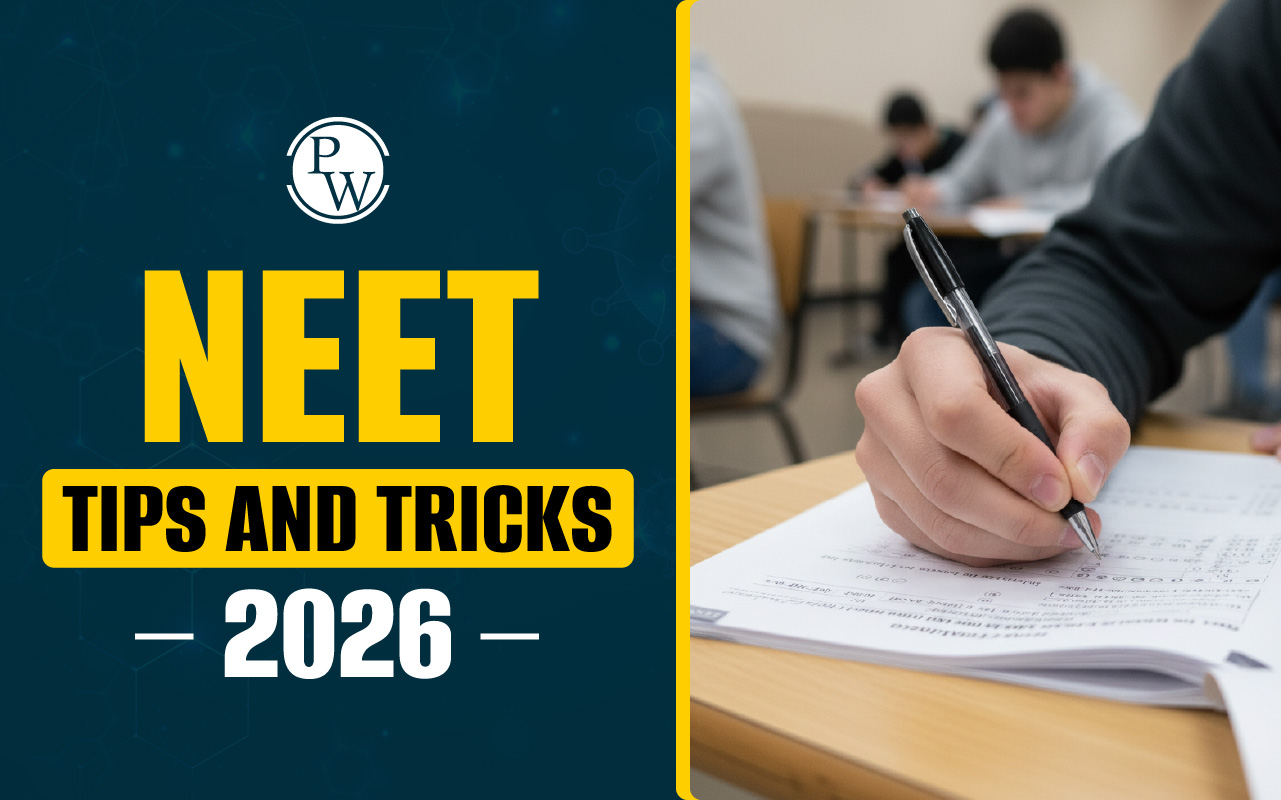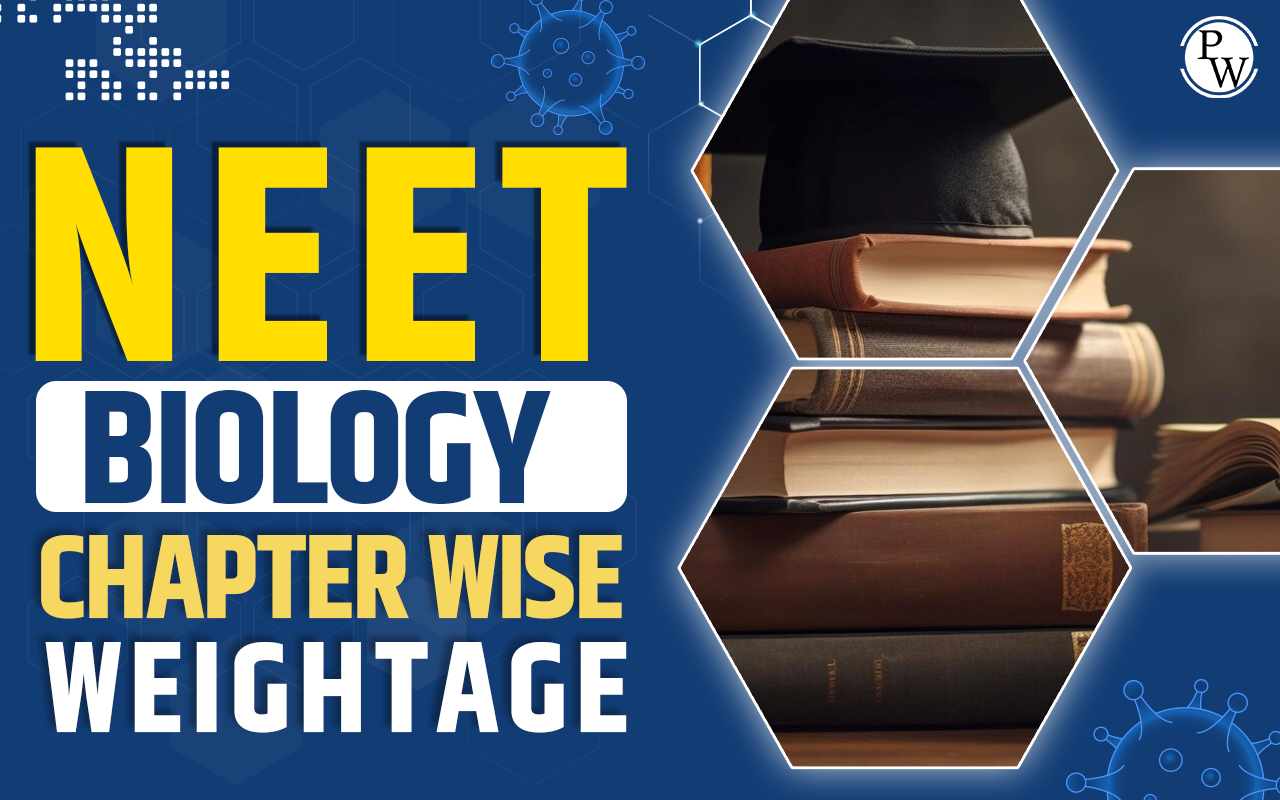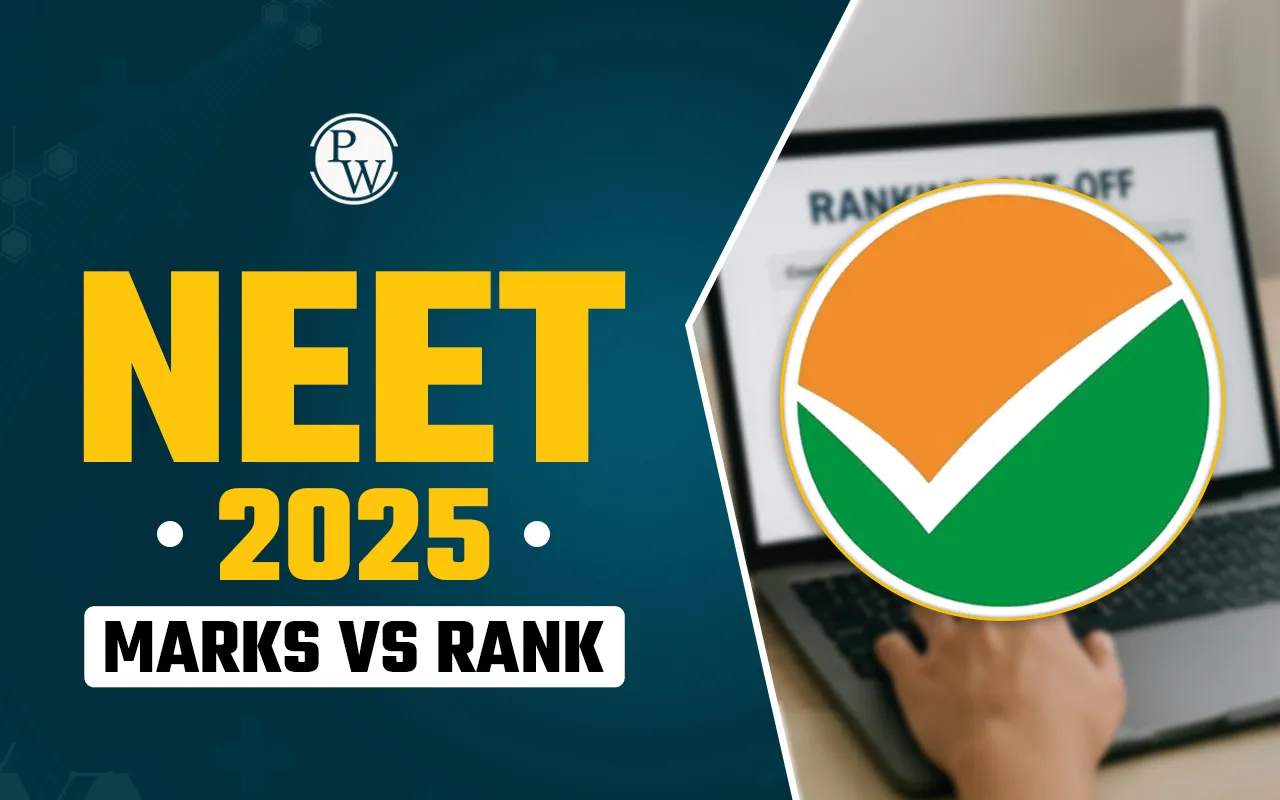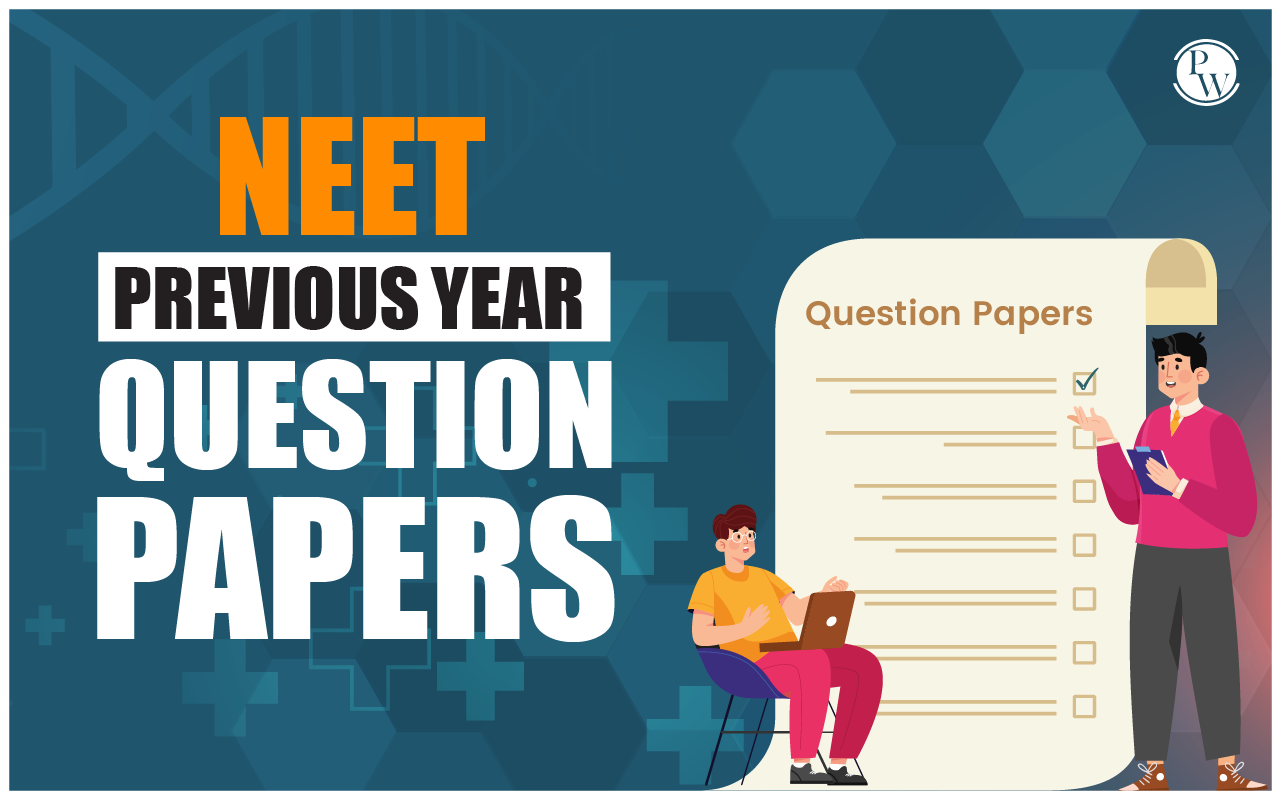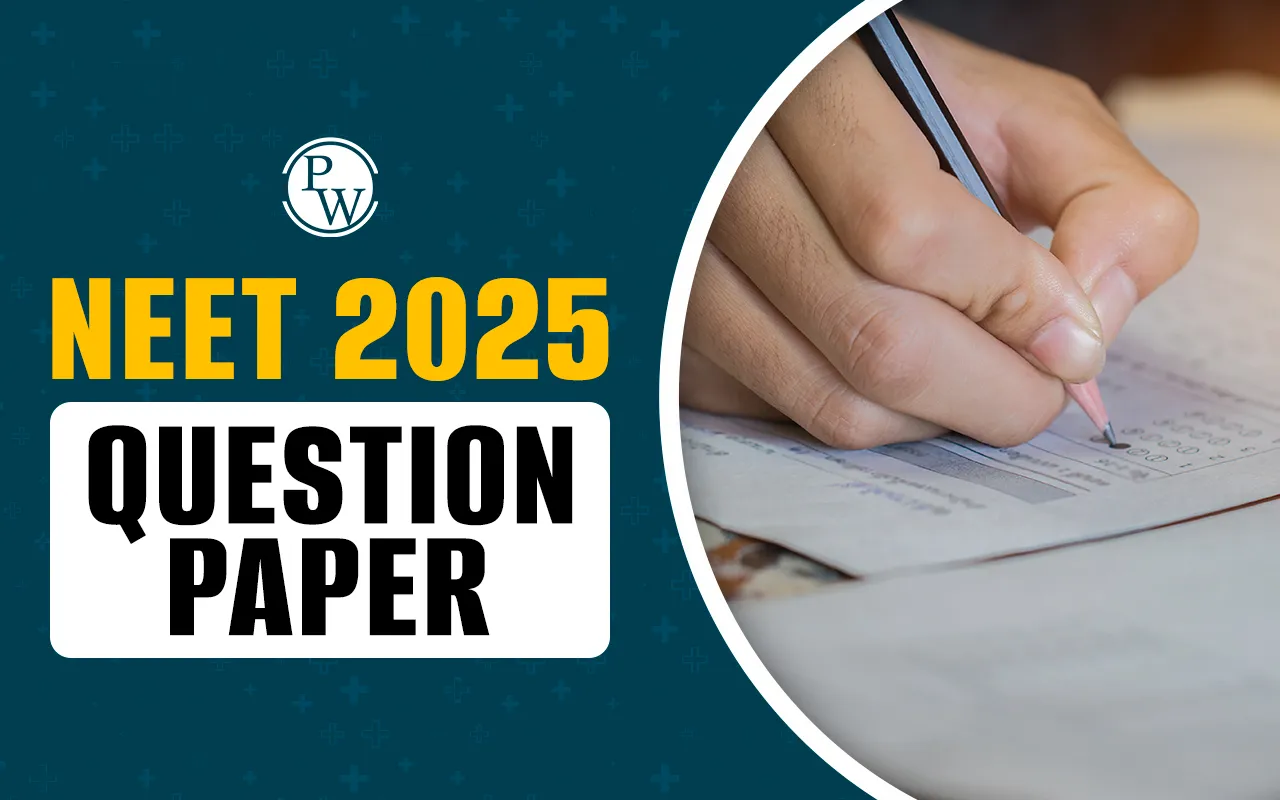
Moving Charges and Magnetism Important Questions for NEET: Moving Charges and Magnetism is a key chapter in physics that explores the relationship between electric charges in motion and magnetic fields. This topic is very important for the NEET 2025 exam , as it forms the basis for understanding electromagnetism and its applications in various technologies. It often carries significant weight in the exam, making it essential for NEET aspirants to have a clear understanding and practice of this topic.
Moving Charges and Magnetism Important Questions for NEET Overview
Moving Charges and Magnetism involve studying how moving charges create magnetic fields and how these fields interact with other moving charges. It covers topics like magnetic force, Ampere’s law, Biot-Savart law, and the motion of charged particles in magnetic fields. The understanding of these concepts is crucial for solving problems related to magnetic fields in NEET, and it is frequently tested.
What is Moving Charges and Magnetism?
Moving Charges and Magnetism" is a concept in physics that explains how electric charges moving through a conductor create a magnetic field around them. This chapter also covers the effects of magnetic fields on charged particles, and how these fields can influence the motion of charged particles like electrons. Magnetic fields are a fundamental part of many natural and technological phenomena, like electric motors and electromagnetic waves.
Moving Charges and Magnetism Questions for NEET 2025
Here are some practice questions to help you understand the topic better. These questions are part of the Prachand Batch NEET 2025 program. Solve them to enhance your skills in this chapter.
Q1: A closely wound solenoid of 2000 turns and a cross-sectional area of 1.5×10−4 m2^2 carries a current of . It is suspended through its center and perpendicular to its length, allowing it to turn in a horizontal plane in a uniform magnetic field of 5×10−2 T5 \times , making an angle of 30∘ with the axis of the solenoid. The torque on the solenoid will be:
- 3×10−3 Nm3 \times
- 1.5×10−3 Nm1.5 \times
- 1.5×10−2 Nm1.5 \times
- 3×10−2 Nm3 \times
Q2: Which of the following represents a correct figure to display magnetic field lines due to a solenoid?
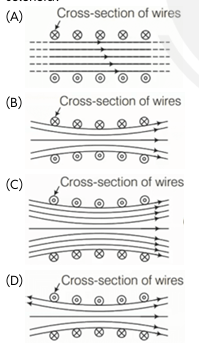
Q3: The current sensitivity of a moving coil galvanometer is 5 div/mA5 \, \text{div/mA} and its voltage sensitivity (angular deflection per unit voltage applied) is 20 div/V20 \, \text{div/V} . The resistance of the galvanometer is:
- 400 Ω400 \, \Omega
- 250 Ω250 \, \Omega
- 2500 Ω2500 \, \Omega
- 500 Ω500 \, \Omega
Q4: A straight wire of semi-infinite length carrying current ii has its starting point at OO , as shown in the figure. The magnetic field at point PP will be:
- (1+sinθ)(1 + \sin \theta) inward
- (1+cosθ)(1 + \cos \theta) inward
- (1+sinθ)(1 + \sin \theta) outward
- (1+cosθ)(1 + \cos \theta) outward
Q5: A proton and an α\alpha -particle enter a uniform magnetic field perpendicularly with the same speed. The ratio of the time periods of both particles will be:
- 1:2
- 1:3
- 2:1
- 3:1
Q6: The magnetic field at point PP due to a given structure is:
- outward
- upward
- downward
Q7: Two particles X and Y, having equal charges, after being accelerated through the same potential difference, enter a region of uniform magnetic field and describe circular paths of radius R1R_1 and R2R_2 respectively. The ratio of the mass of X to that of Y is:
- R1R2\
- 2
- R1R2\
- 1
Q8: If an electron enters a magnetic field with its velocity pointing in the same direction as the magnetic field, then:
- The electron will turn towards the right
- The electron will turn towards the left
- The velocity of the electron will increase
- The velocity of the electron will remain unchanged
Q9: Consider a tightly wound coil of 200 turns and a radius of 5 cm, carrying a current of 4 A. Find the magnitude of the magnetic field at the center of the coil.
- B\
- B
- 2 B
Q10: The following is a square-shaped loop, whose one arm BC produces a magnetic field BB at the center of the coil.
- 10−2 T
- 10−3 T
- 10−1 T
- 10−5 T
Moving Charges and Magnetism Important Questions for NEET PDF
Physics Wallah (PW) provides a complete PDF with important questions for Moving Charges and Magnetism . This includes solving problems, concepts, and detailed explanations to help students prepare thoroughly. Students can download the PDF as part of the Prachand Batch NEET 2025 study material and access all the practice questions in one place.
Physics Wallah (PW) offers NEET Online Coaching in India, designed to make quality education accessible to all aspiring medical students.
Moving Charges and Magnetism Important Questions for NEET FAQs
What are moving charges and magnetism?
What is the formula for moving charges and magnetism?
Is Moving charges and magnetism an easy chapter?
How is a moving charge affected by a magnetic field?


